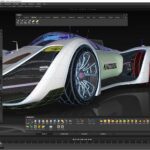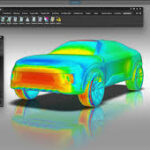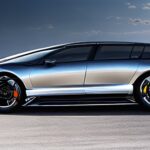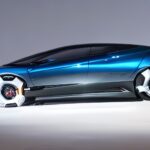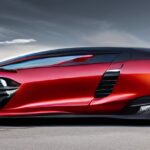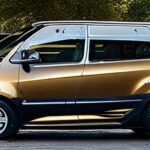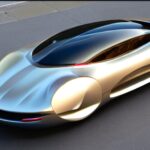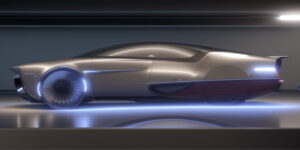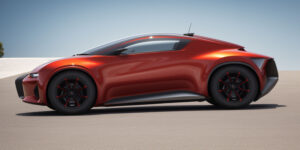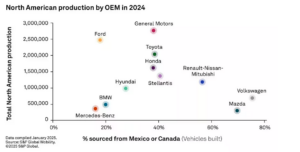Flexible 3D Surfacing System for Customized Car Design using AI
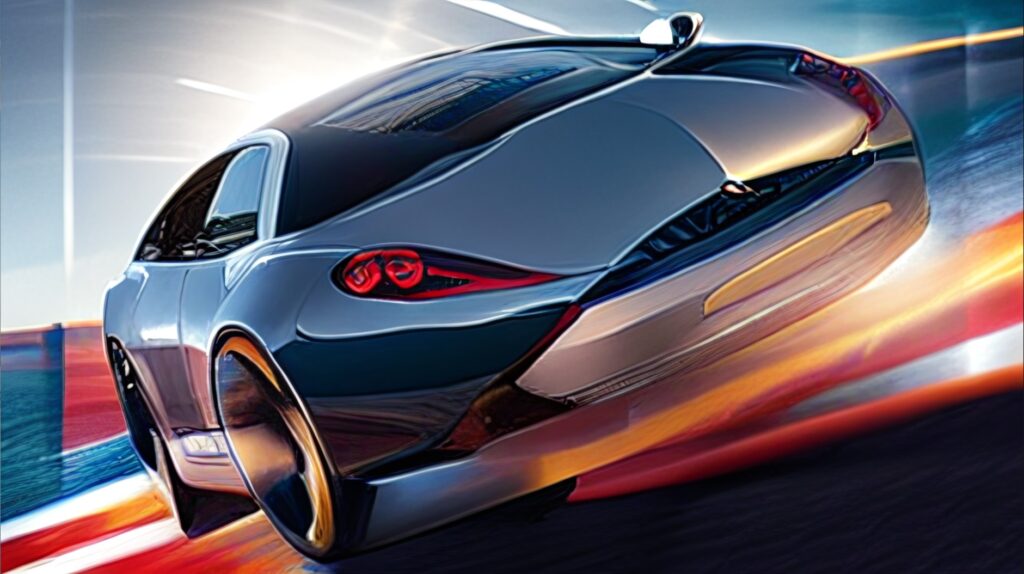
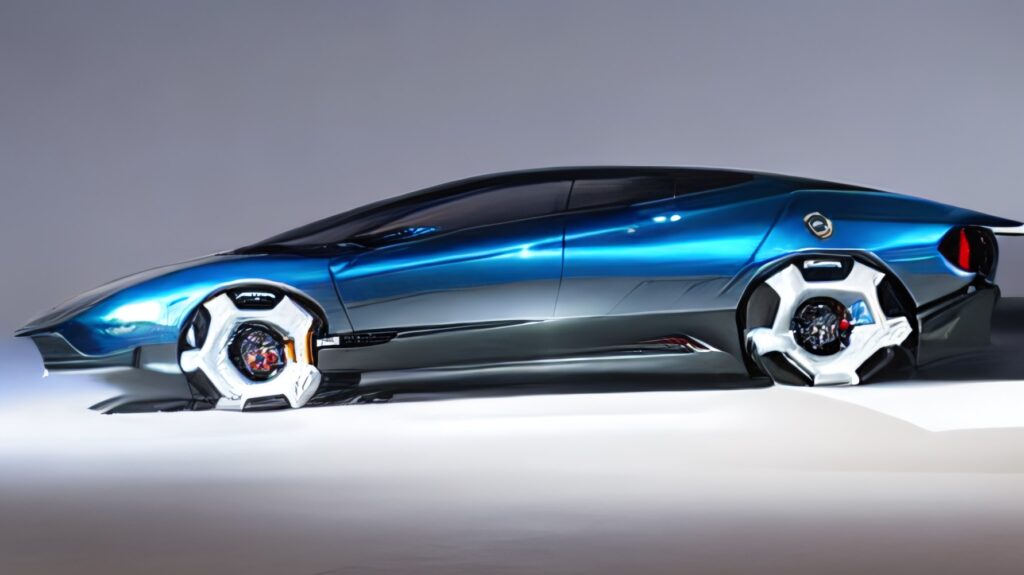
To create a flexible 3D surfacing system for a car design platform where users can customize features like body creases, curvature, and air intakes, while maintaining the crucial balance of aerodynamics and structural integrity, you would need to integrate several key design and software principles. Below is a step-by-step approach to building such a system:
1. Modular Parametric Design Framework
The foundation of the platform would be a parametric design system. In parametric design, the surfaces and geometric elements of the vehicle would be controlled by mathematical parameters and constraints. This ensures that users can easily adjust specific features, such as the depth of a crease or the radius of a curvature, without causing unintended distortions or compromising the overall design integrity.
- User Inputs: Users would interact with sliders, drag handles, or control points that dynamically alter predefined surface parameters (e.g., curvature radius, crease depth, air intake size).
- Surface Dependencies: Establish relationships between adjacent surfaces and features so that adjusting one parameter (e.g., making a crease deeper) automatically updates connected surfaces to maintain continuity and smooth transitions.
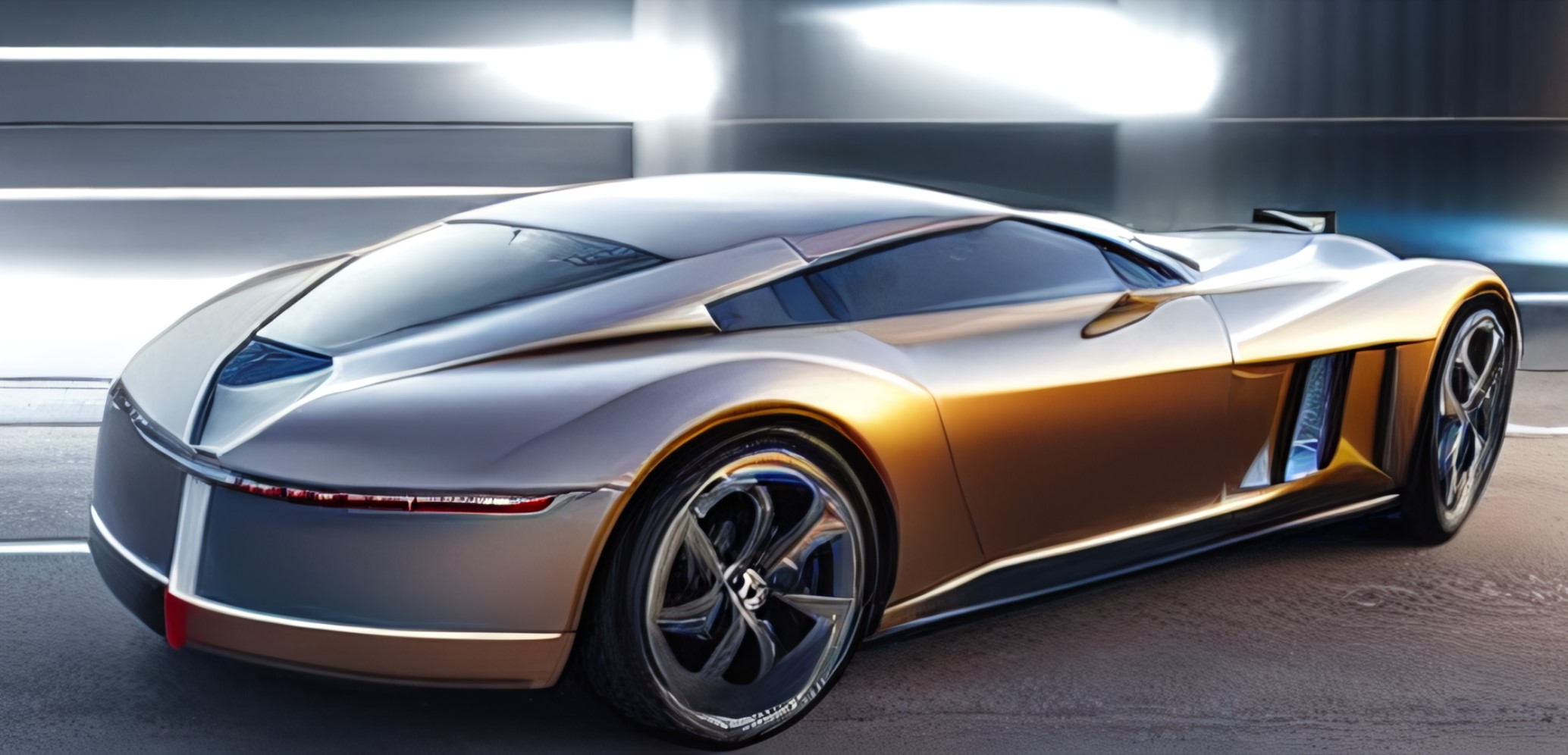
2. Real-time Aerodynamic Simulation
The system would be powered by real-time CFD (Computational Fluid Dynamics) simulation feedback, allowing users to visualize how their design choices affect the aerodynamics of the vehicle in real time. Aerodynamics could be represented through visual cues such as airflow lines, drag coefficients, or color-coded pressure maps.
- Instant Feedback: As the user modifies the surface (e.g., deepens a crease or enlarges an air intake), the CFD engine would show real-time changes in aerodynamic performance, enabling the user to see how their adjustments affect aspects such as drag, downforce, and airflow.
- Constraint Enforcement: Certain parameters could be limited to ensure users don’t drastically affect the vehicle’s aerodynamic efficiency. For example, a change in body curvature could be capped if it creates excessive drag or disrupts airflow.
3. Adaptive Structural Integrity Algorithms
To prevent structural weaknesses caused by excessive user modifications, the system would integrate finite element analysis (FEA) and adaptive structural algorithms. These would ensure that the surfaces maintain adequate structural integrity and don’t compromise the safety or performance of the vehicle.
- Surface Reinforcement: The system could automatically reinforce areas where user modifications (e.g., very deep creases) could weaken the structure. This could be achieved by thickening the material in those areas or introducing internal bracing.
- Load-Bearing Evaluation: FEA could calculate stress distribution across the vehicle’s surfaces, ensuring that changes in curvature or panel geometry don’t result in weak points that could fail under load or impact.
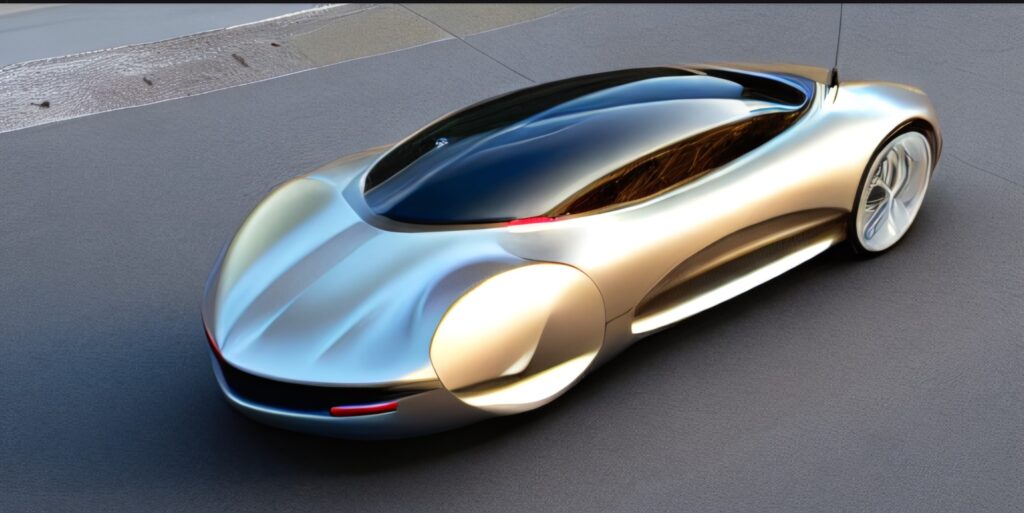
4. Intelligent Surface Smoothing and Continuity
One of the challenges with allowing users to modify creases or curvatures is maintaining smooth transitions between modified and unmodified surfaces. The system would feature intelligent surface smoothing algorithms to ensure seamless transitions between these areas.
- Automatic Smoothing: As a user modifies one section of the vehicle (e.g., sharpens a body crease), the system would automatically adjust the adjacent surfaces to maintain a continuous, smooth surface flow.
- Curvature Continuity: The platform would employ G2 (curvature continuity) or higher levels of surface continuity to ensure that no sharp or unnatural transitions occur between connected surfaces, maintaining both aesthetics and aerodynamic efficiency.
5. Predefined Templates and User Control Levels
To simplify the customization process while maintaining quality, users would have access to a set of predefined surface templates. These templates would represent key areas of the vehicle, such as:
- Front Fascia (including grille and air intakes)
- Side Panels (with customizable creases and character lines)
- Rooflines and A-Pillars (with customizable curvature and slope)
Each template would offer varying levels of customization control depending on user expertise:
- Basic Mode: Offers easy-to-use sliders with simplified control over basic surface adjustments.
- Advanced Mode: Unlocks more granular control, such as adjusting specific control points on surface patches, for more detailed and professional-grade modifications.
6. Material-Specific Surfacing
The platform would account for different material properties, ensuring that changes in surface geometry are compatible with the materials used (e.g., aluminum, carbon fiber, or composites). Different materials react differently to bending, creasing, and shaping, so the surfacing system would adapt to ensure manufacturability.
- Material Constraints: For example, if the user selects carbon fiber, the platform could restrict certain aggressive curvatures or crease depths to avoid potential issues with manufacturability or performance (since carbon fiber can delaminate under certain conditions).
- Surface Texturing: Users could adjust surface textures (e.g., matte or glossy finishes), and the platform would simulate how the material’s surface affects reflections, heat absorption, and overall aesthetics.
7. Visualization Tools and Augmented Reality (AR)
To enhance the user experience, the system would include advanced visualization tools, allowing users to see their customized designs from multiple angles and environments.
- Real-time Rendering: High-fidelity 3D rendering with realistic lighting and shadows to show how the vehicle’s surfaces interact with light in various conditions (e.g., showroom lighting, outdoor sunlight).
- AR Integration: Users could project their customized car designs in real-world environments via AR, using smartphones or AR glasses to visualize the vehicle at full scale and evaluate the surfacing in a physical context.
8. Manufacturing Feedback Loops
The platform would provide manufacturing feasibility checks in real-time, ensuring that user-designed surfaces are producible using available techniques (e.g., stamping, molding, or 3D printing). This would prevent users from creating designs that cannot be manufactured efficiently.
- Manufacturability Constraints: If a user creates a surface that exceeds the capabilities of the manufacturing process, the system could offer suggestions on how to alter the design for production feasibility while maintaining the aesthetic or functional goals.
- Tolerances and Assembly: The platform would ensure that user modifications respect assembly tolerances, ensuring that body panels fit together properly and don’t introduce gaps or misalignments.
9. Integration with Generative Design and AI
The platform could integrate AI-driven generative design to suggest optimal surfacing solutions based on user preferences. Users could input desired performance characteristics (e.g., low drag, high downforce), and the system would propose optimized surface geometries.
- AI-Assisted Design: The AI could also recommend design features based on current trends, user behavior, or the goals of the vehicle (e.g., an electric car designed for long-range efficiency).
- Automated Fine-Tuning: After users make significant changes, the system could automatically fine-tune surface details (such as the curvature of the roof or hood) to improve aerodynamics or structural strength without requiring further user input.
10. Collaboration Tools
The platform would allow for real-time collaborative design, enabling multiple users (e.g., design teams or customers working with designers) to make adjustments simultaneously. Changes made by one user would instantly update for the others, maintaining design integrity across the team.
Final Product Vision:
The result would be a user-friendly yet powerful 3D surfacing platform that empowers automotive enthusiasts, engineers, and designers to customize vehicles in an intuitive way. By leveraging real-time feedback on aerodynamics, structural integrity, and manufacturability, the system would ensure that all design modifications are both practical and high-performance.
This platform would showcase the power of modern 3D design software, AI, and computational tools, making advanced vehicle customization accessible to a wide range of users.

